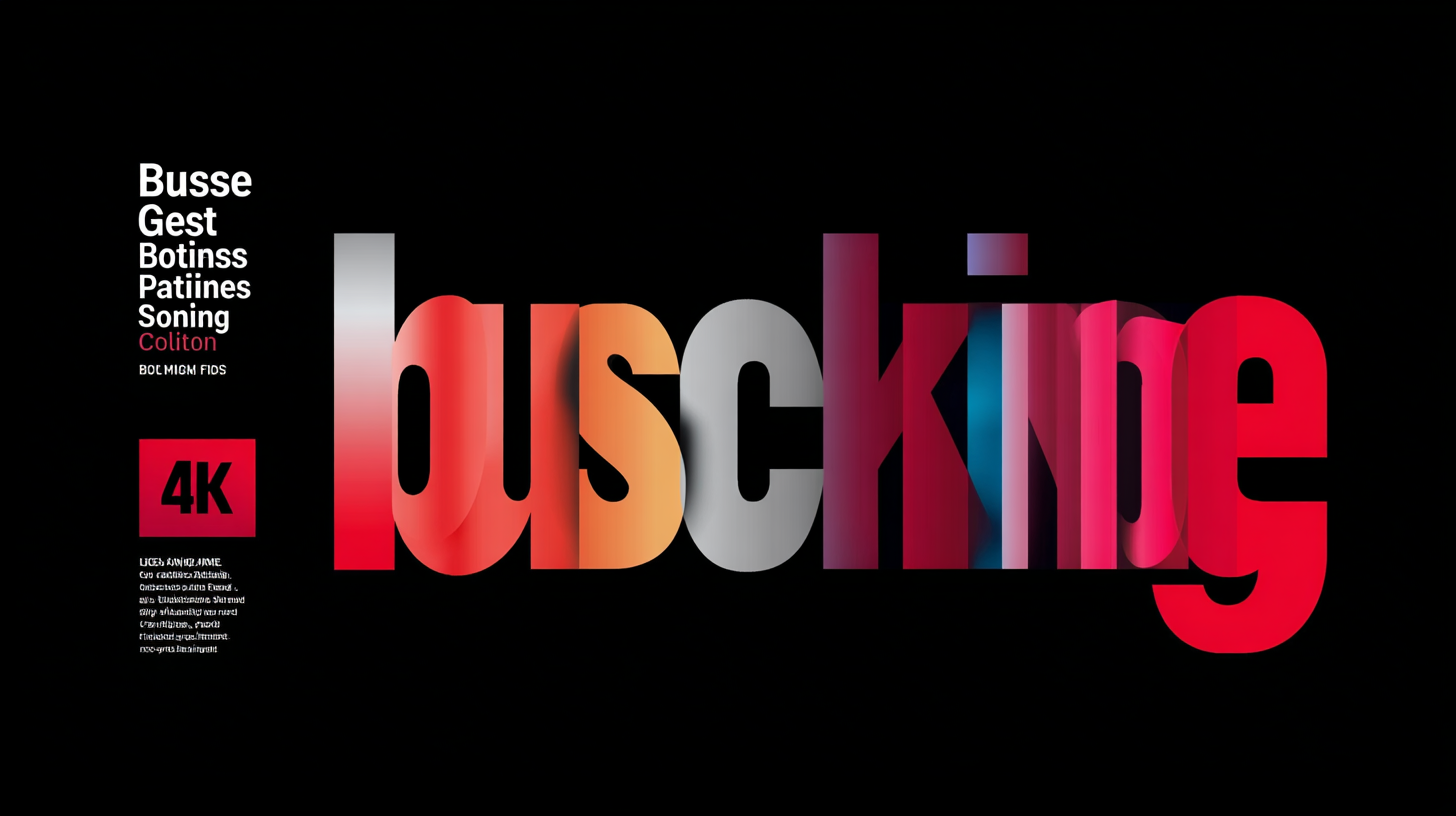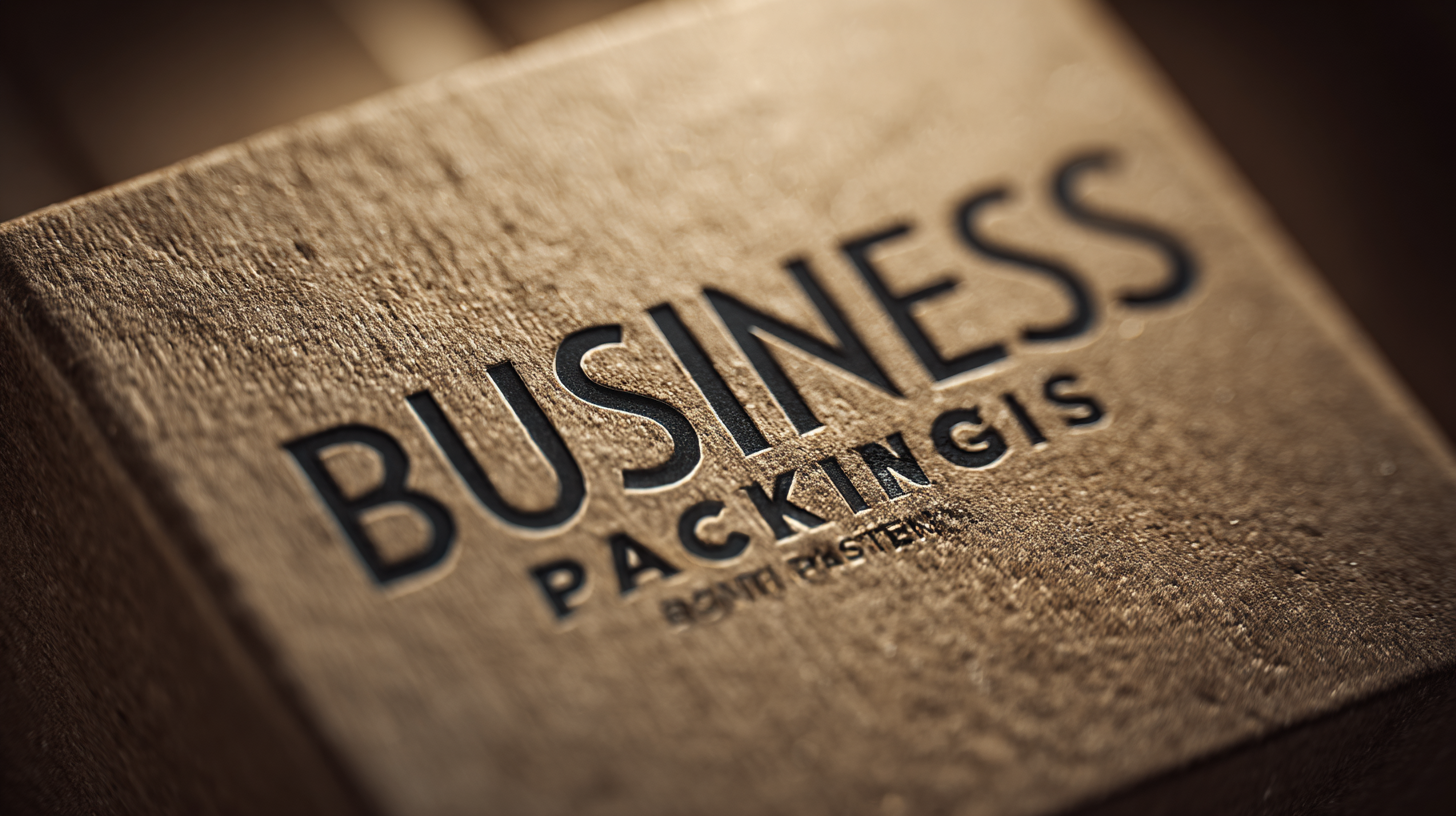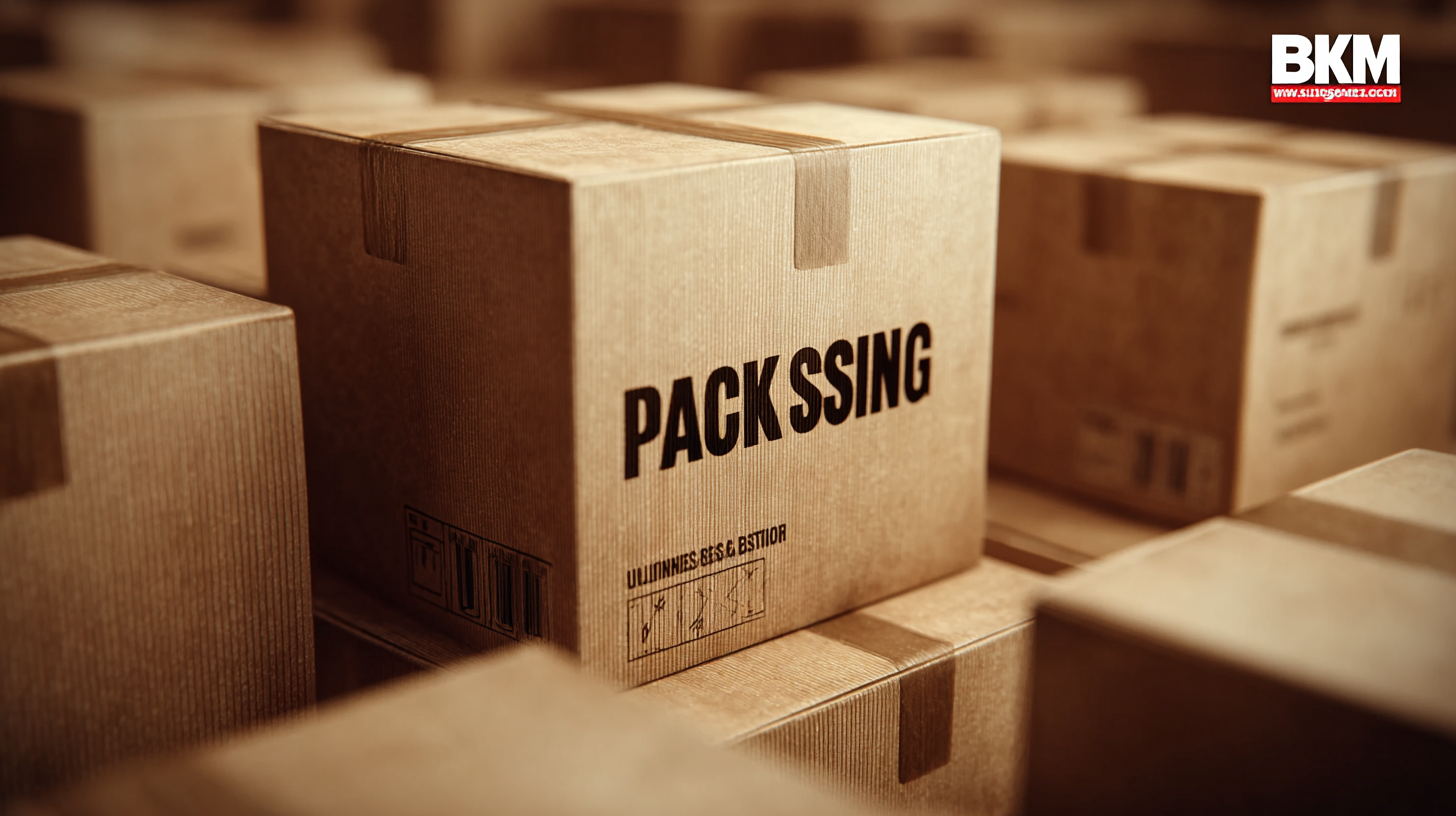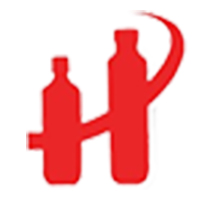As businesses increasingly recognize the importance of effective packaging solutions, the demand for innovative and sustainable Business Packaging alternatives has surged. According to recent industry reports, the global packaging market is projected to reach $1.05 trillion by 2024, with a significant shift towards environmentally friendly materials and customizable options. It is estimated that approximately 60% of consumers are influenced by packaging design when making purchase decisions, further underscoring the need for companies to adopt strategic packaging solutions that not only protect their products but also enhance brand image. This Ultimate Guide to the Best Business Packaging Solutions Compared will explore various alternatives available in the market, helping businesses make informed choices that align with their sustainability goals and customer preferences.

In today’s competitive marketplace, the significance of effective packaging extends far beyond mere aesthetics; it plays a pivotal role in influencing consumer behavior and driving business success. According to a report by a leading packaging consultancy, 72% of consumers indicate that packaging design influences their decision to purchase a product. This statistic underscores the reality that packaging is not just a protective layer; it is an essential marketing tool that communicates the brand’s values and quality to customers at first glance.
Moreover, the functionality of packaging cannot be overlooked. A survey conducted by the Paper and Packaging Board revealed that 95% of consumers believe that packaging provides important information about the product, from usability to safety. Packaging that is easy to open, resealable, and environmentally friendly can significantly enhance customer satisfaction and loyalty. As businesses increasingly prioritize sustainability, adopting packaging solutions that align with eco-conscious consumer demands is crucial. In fact, a study by McKinsey found that brands with sustainable packaging can see up to 30% higher customer preference, highlighting that the right packaging strategy is instrumental in creating a lasting connection with consumers and maximizing market impact.
As the demand for sustainable packaging solutions continues to escalate, the market landscape is shifting dramatically. By 2024, the sustainable plastic packaging market is projected to reach a significant value of $98.8 billion, with an impressive compound annual growth rate (CAGR) of 5.9% anticipated from 2025 to 2034. This shift is not just a response to consumer preferences but also driven by regulatory pressures and a growing awareness of environmental issues. Businesses are increasingly integrating fully biodegradable options into their packaging strategies, seeking to minimize their ecological footprints.
Another notable segment is the mycelium-based packaging, which is expected to soar beyond a CAGR of 9.4% from 2025 to 2034. This innovation represents a groundbreaking approach to biodegradable solutions, aligning with consumer trends favoring natural and compostable materials. As traditional plastic packaging markets continue to evolve, expected to grow at a more modest rate of 3.8% during the same period, the focus on sustainability is reshaping purchasing behaviors across various industries. Companies aiming to lead in their respective sectors must adapt to this transformative trend, embracing sustainable practices to stay relevant and competitive in a rapidly changing marketplace.
As the business packaging landscape evolves, the importance of sustainable and innovative solutions has become increasingly pronounced. In 2023, key trends indicate a strong shift towards environmentally friendly materials and smart packaging technologies. This transition is largely driven by consumer demand for sustainable practices and regulatory pressures that encourage brands to minimize their ecological footprints. The snack packaging market, for instance, demonstrates substantial growth potential, with its size and share being influenced by various material types, including plastics, paper, and metal. Brands are now prioritizing the use of recyclable and biodegradable materials to align with the values of the modern consumer.
One significant trend is the rise of circular packaging, which aims at reducing waste and promoting resource efficiency. With only a 5% market penetration currently, there is immense scope for growth in this sector, as highlighted by recent investments in smart packaging technologies. This approach allows for seamless integration of tracking and data analytics into packaging, transforming it into an intelligent terminal that enhances the supply chain and consumer experience. As stakeholders in the industry adapt to these changes, the focus on innovative packaging solutions that meet both functional and environmental standards will define the future of business packaging in the coming years.
The global industrial packaging market is poised for substantial growth, estimated to reach approximately $200 billion by 2032, driven by increasing demand across various sectors. Materials like plastics, paper, and metal are vital components of this market. For instance, plastic packaging accounts for a significant share due to its versatility and cost-effectiveness, but challenges such as environmental concerns and plastic waste management continue to escalate. Current trends show a shift towards sustainable packaging solutions, with innovations in biodegradable materials and circular economy strategies gaining traction.

In terms of product types, drums, IBCs, boxes, and pallets are crucial for storage and shipment processes across industries like food and beverages, chemicals, and pharmaceuticals. Meanwhile, the market for automated stretch hooding machines is also expanding, with projections indicating robust demand for both fully automatic and semi-automatic systems, particularly within the food and beverage sectors. As companies strive for efficiency and sustainability, understanding the cost-effectiveness of packaging materials will significantly impact their choices, driving a notable shift toward greener practices and further enhancing the industry's potential.
In today’s competitive market, the way products are packaged significantly influences consumer buying decisions. Eye-catching designs and sustainable materials can create a lasting impression, swaying shoppers to choose one product over another. A well-thought-out packaging strategy not only attracts attention but also communicates brand values effectively. For businesses looking to enhance sales, investing in innovative packaging can be a game-changer.
Tip: Always align your packaging design with your target audience's preferences. Conducting surveys or analyzing consumer behavior can provide valuable insights into what appeals most to your ideal customers.
Moreover, the functionality of packaging plays a crucial role in decision-making. When consumers find packaging that is easy to open, resealable, or made from eco-friendly materials, they are more likely to make a purchase. This practicality can sometimes outweigh brand loyalty, especially among environmentally-conscious consumers.
Tip: Consider incorporating eco-friendly packaging options to appeal to the growing demographic that prioritizes sustainability. Highlighting these features on your packaging can distinguish your products in a crowded marketplace.

